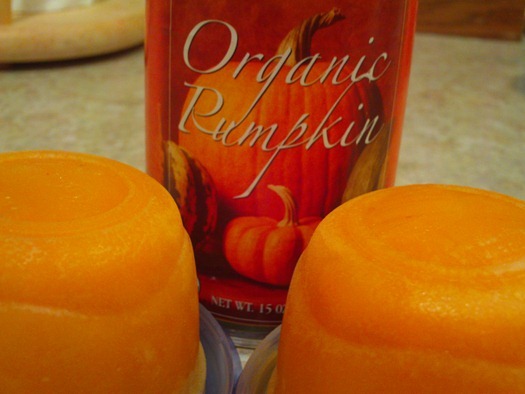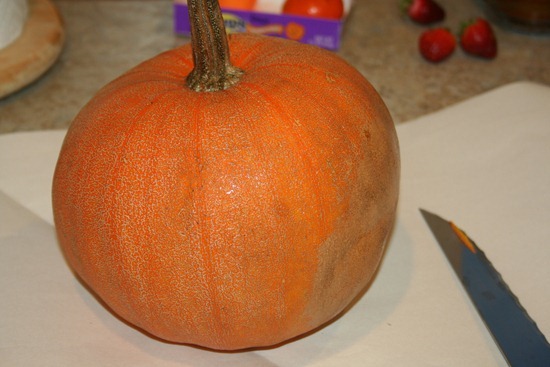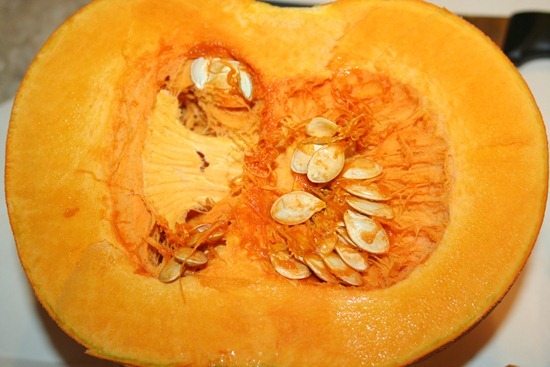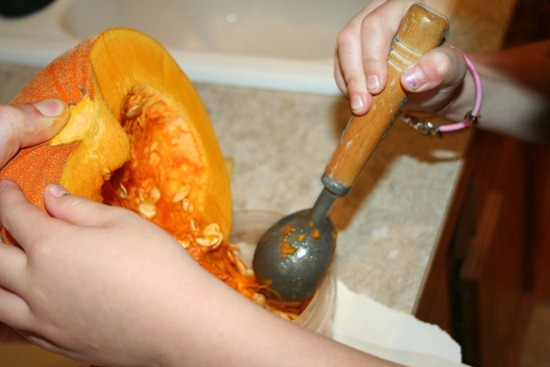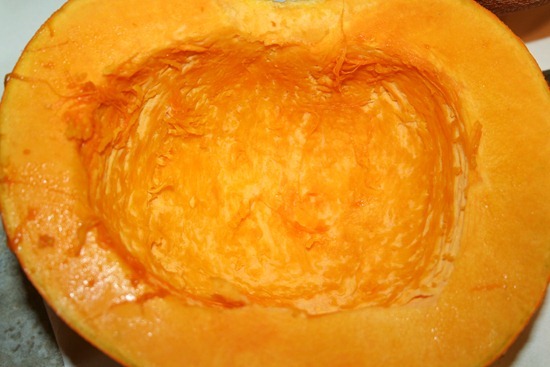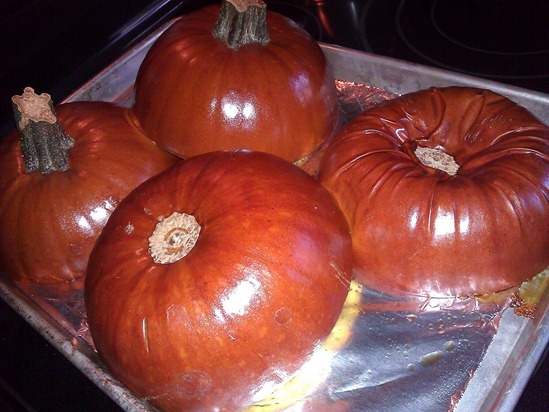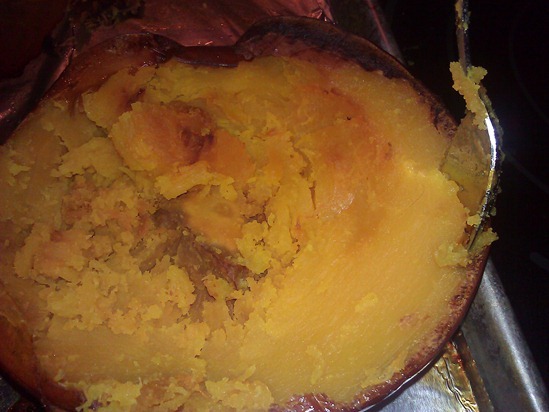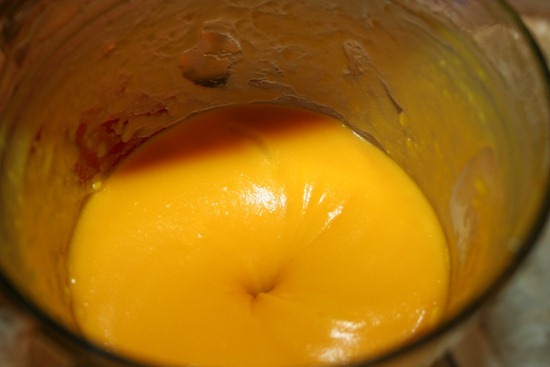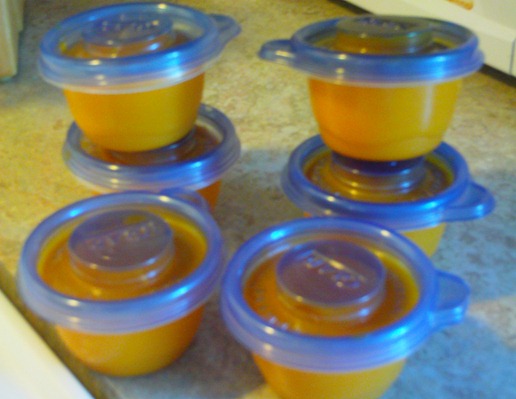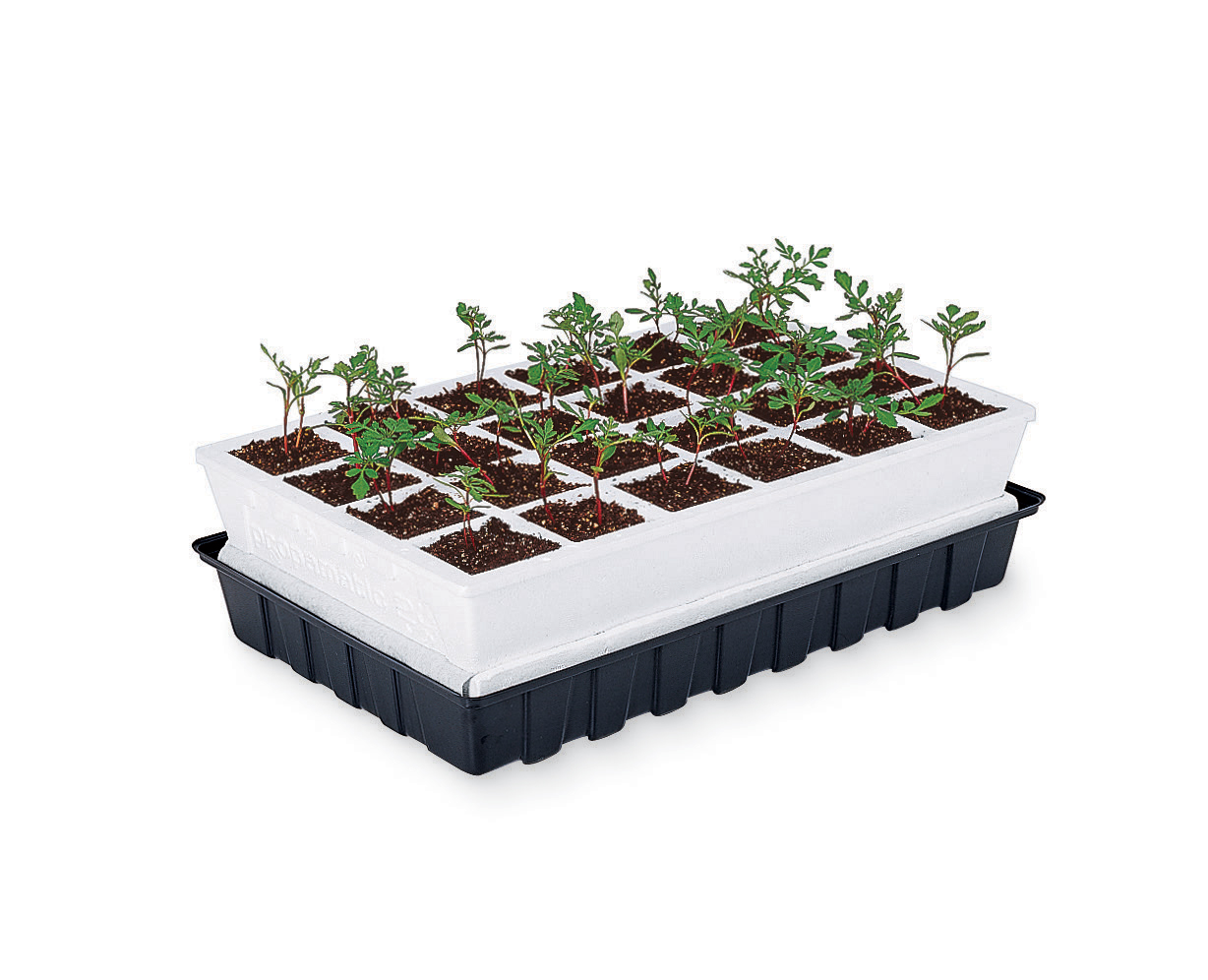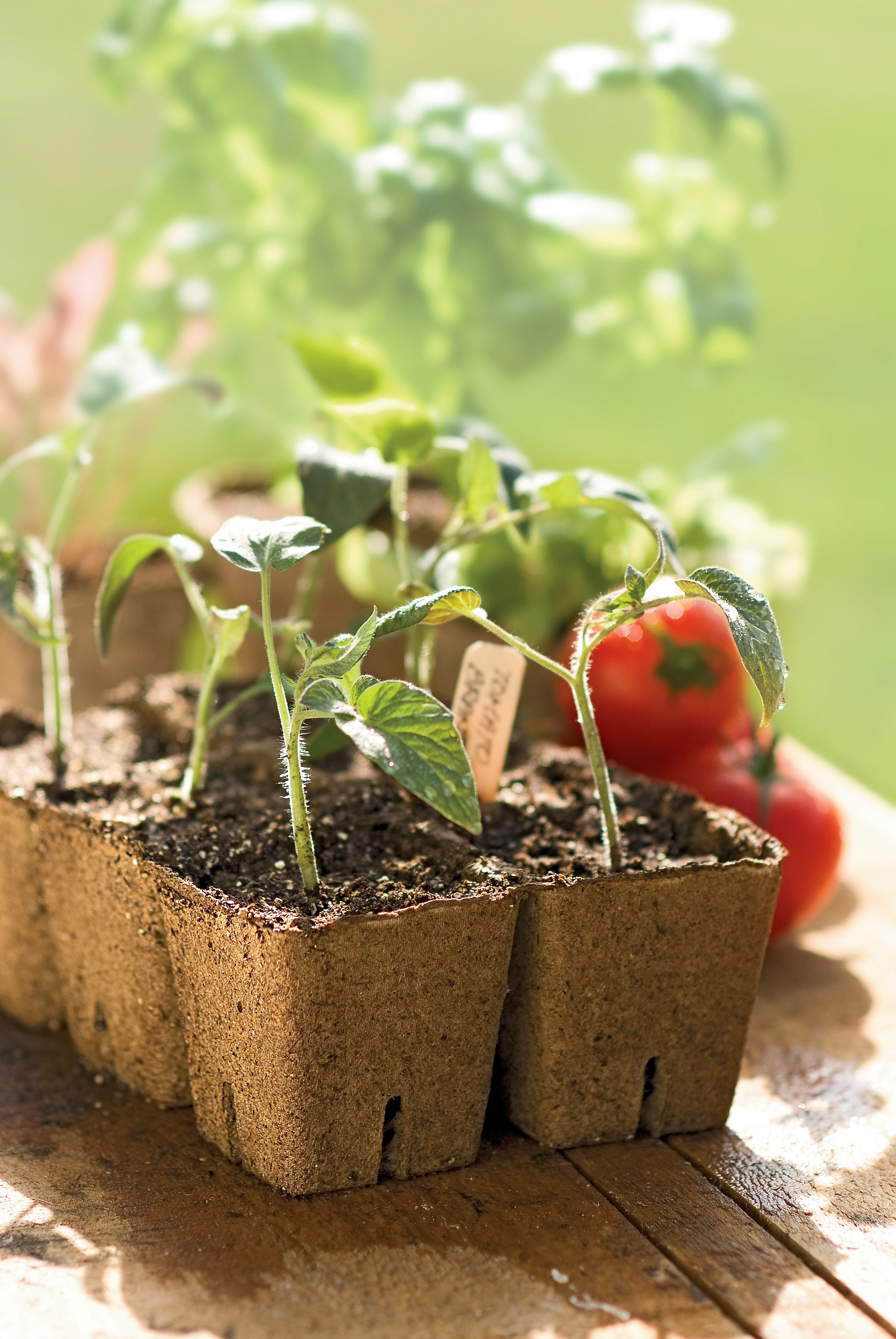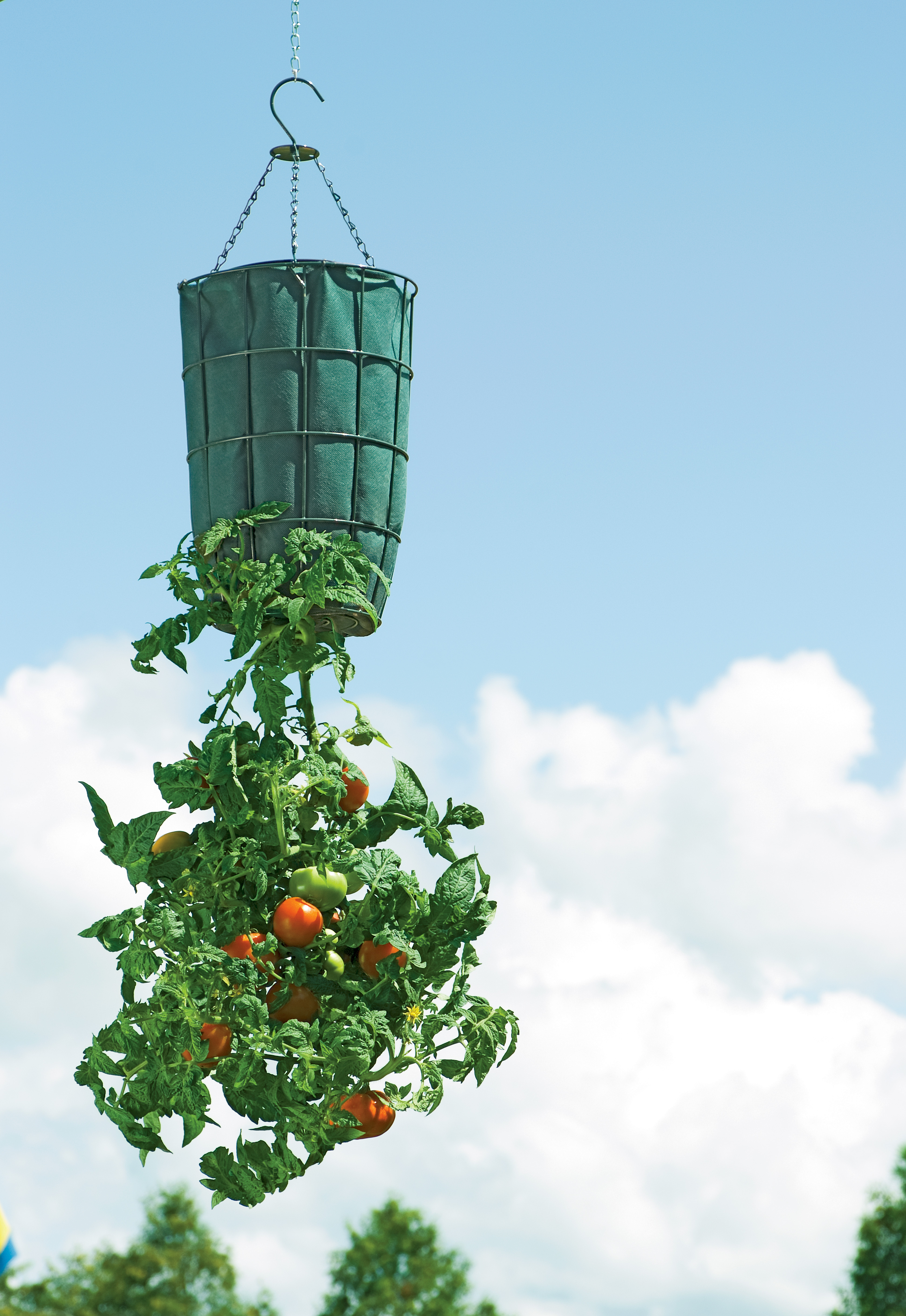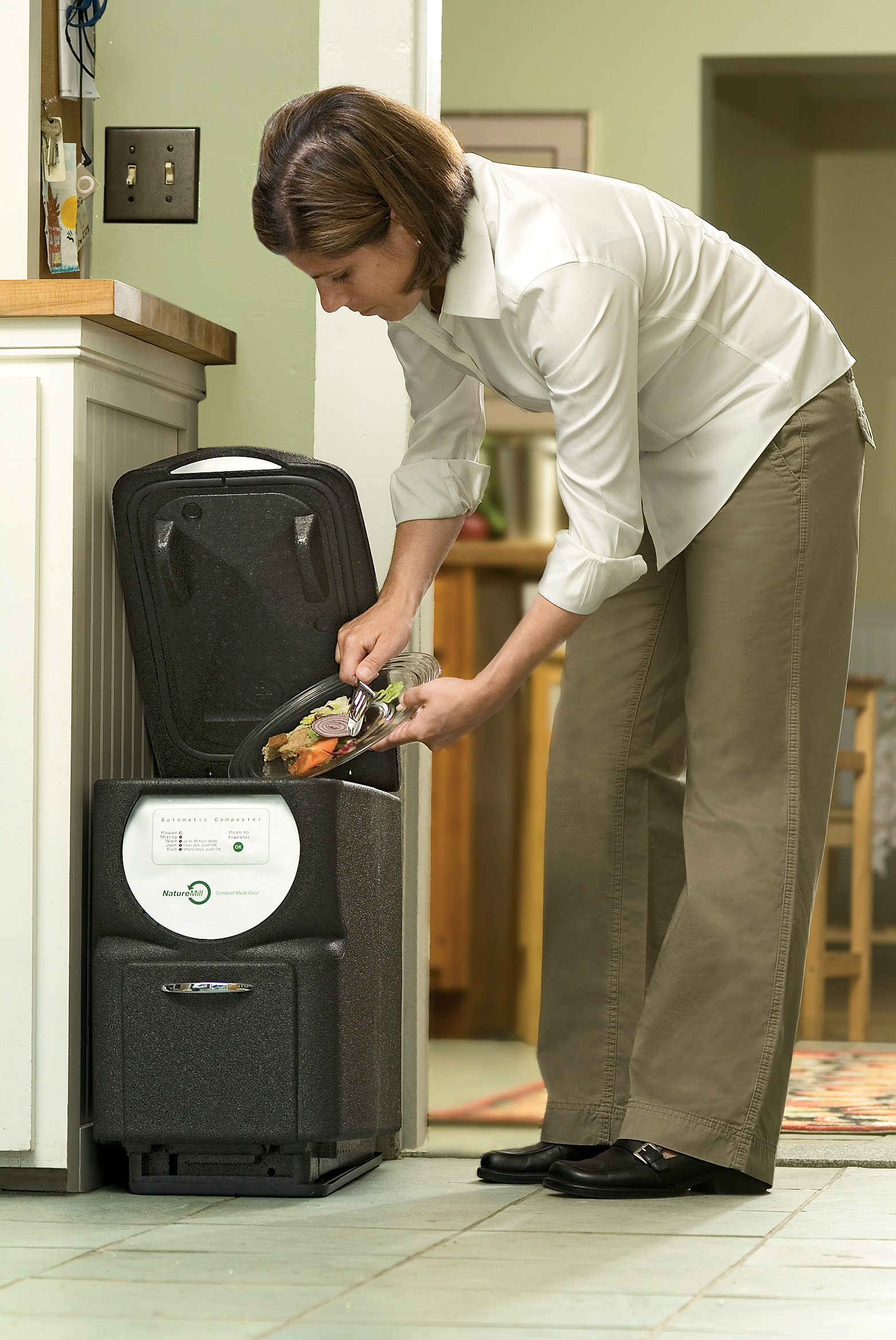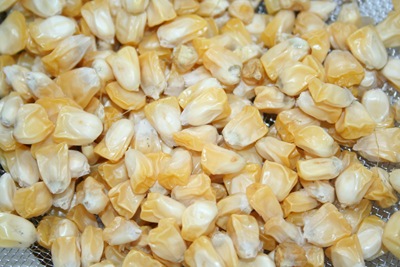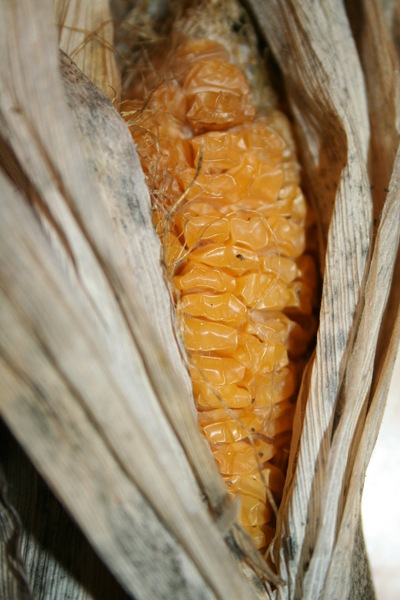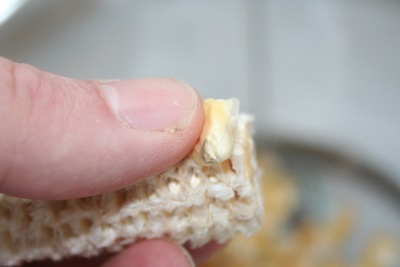Hometown Seeds – variety pack give away
14.4 years ago giveaway, seed saving, seeds 43 Comments
Recently I was approached by Hometown seeds if I would be interested in receiving a variety pack of their top selling seeds, my first instinct was “woohoo free stuff.” Though instead I decided it would offer the seeds to my awesome readers. Well that and with all the seed saving I have been doing this year I have more seeds than I know what to do with.
Hometown Seeds loved the idea so much that they have graciously increased the offering to three sets of garden seeds variety pack, so in normal fashion enter a comment and after a week I will somehow randomly pick three winners and the seeds will be sent out to you.
The variety pack includes (1) packet of each of the following:
- Slow Bolt Cilantro
- Alaska Shasta Daisy
- Giant Tetra Snapdragon
- Elite Mix Wildflower
- Marvel of Peru Four O’clock
- Yellow Pear Tomato
- Purple Haze Carrot
- Waltham Broccoli
- Casaba Mellon
- Gourmet Mix Lettuce
The total value of this package is $19.80 so good luck everyone!
Winner will be chosen at Midnight 12/9/2009 (Pacific)


